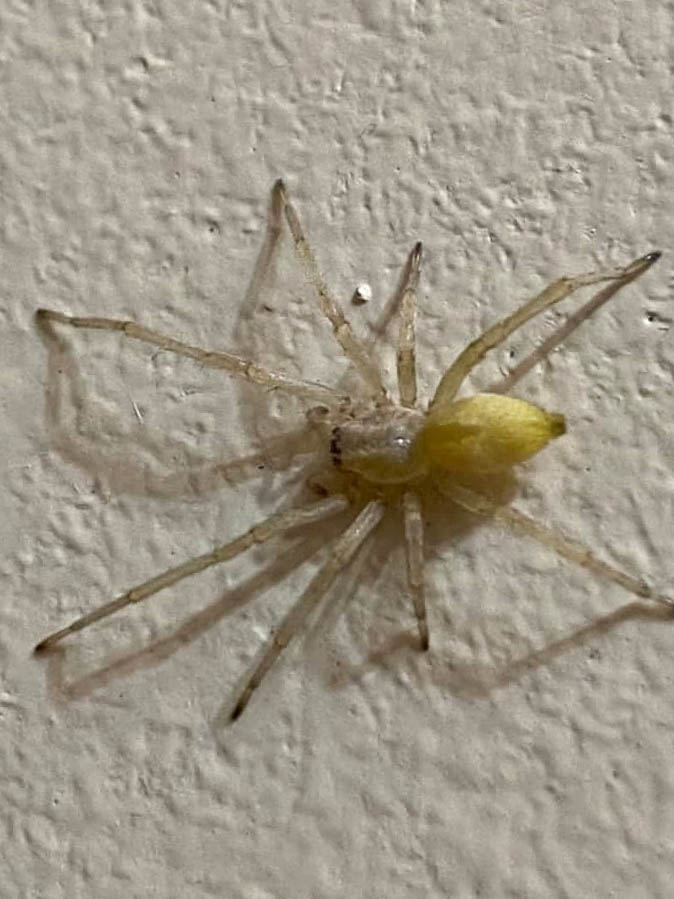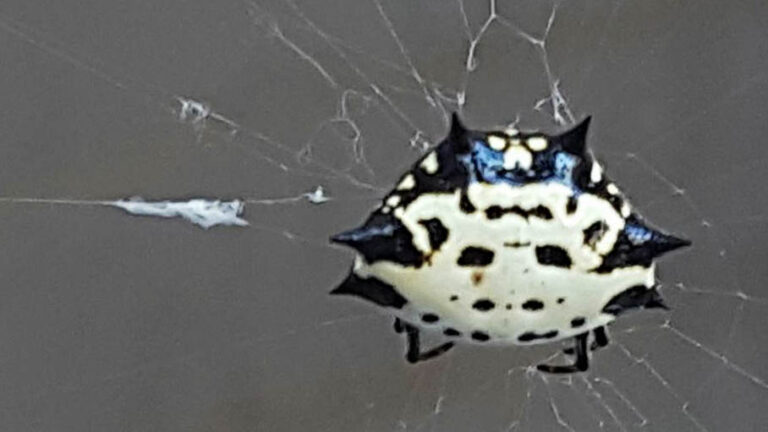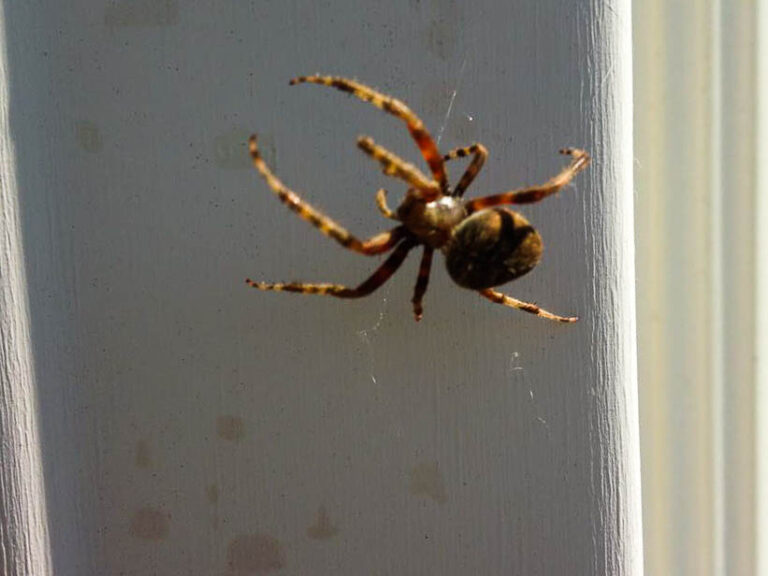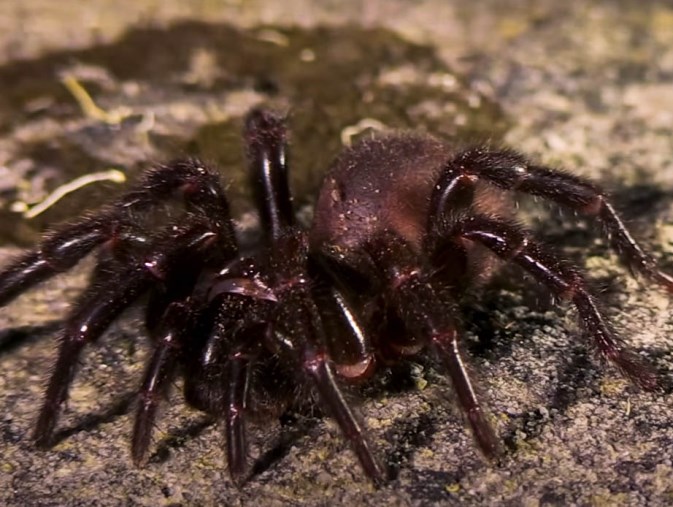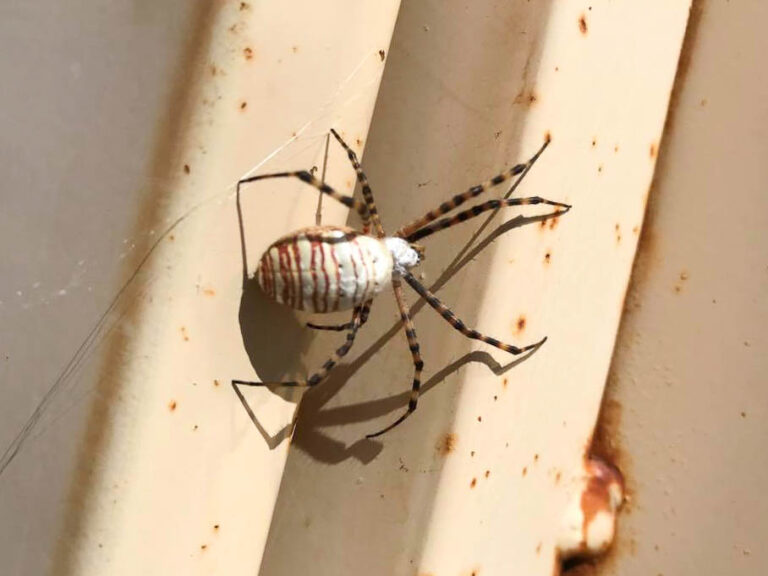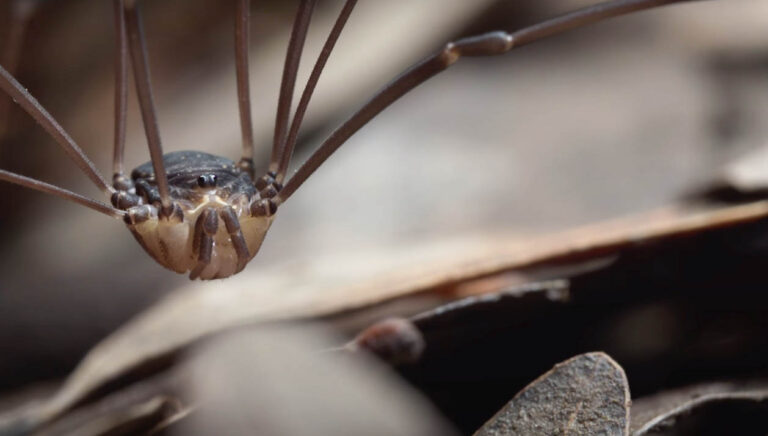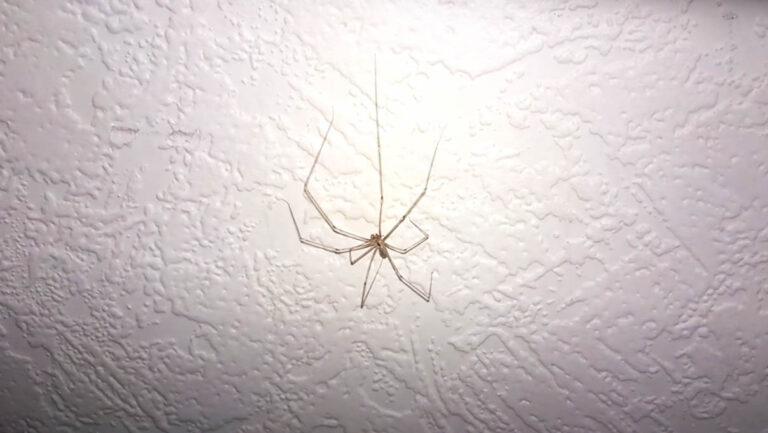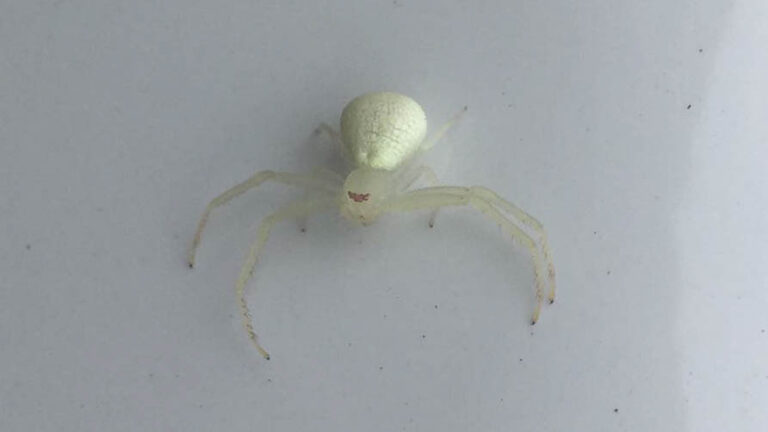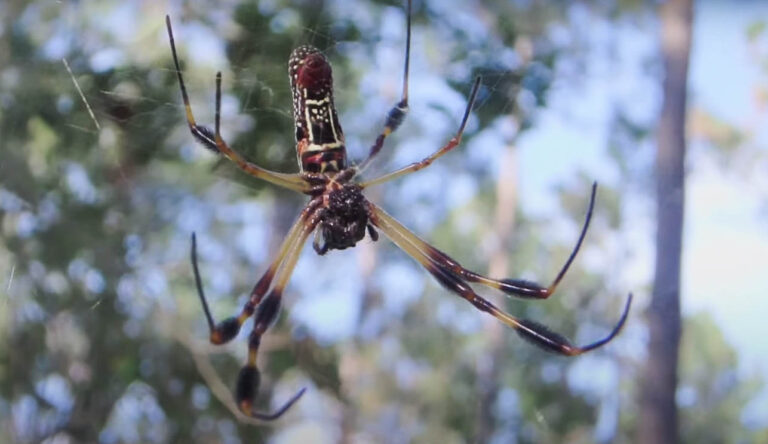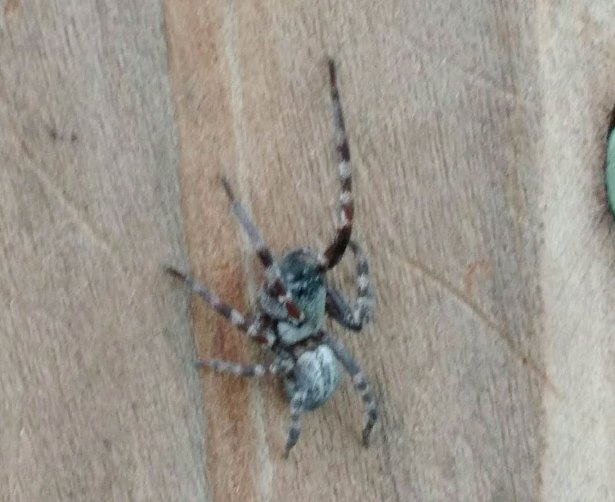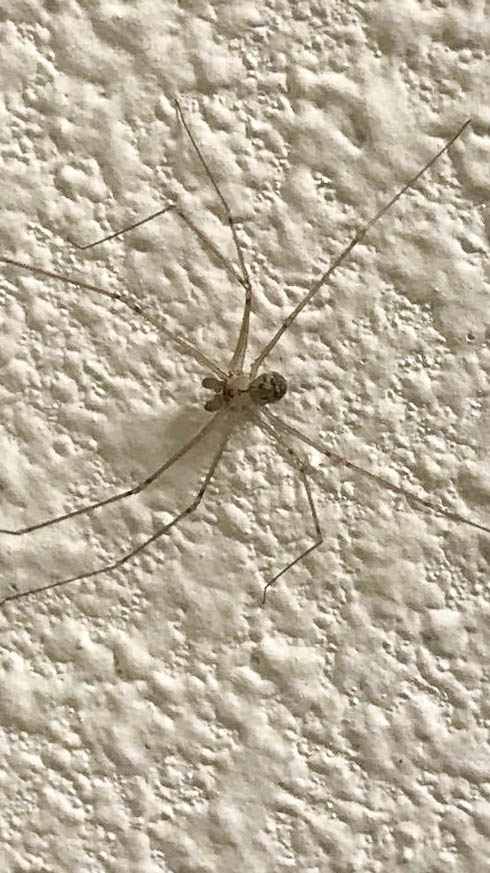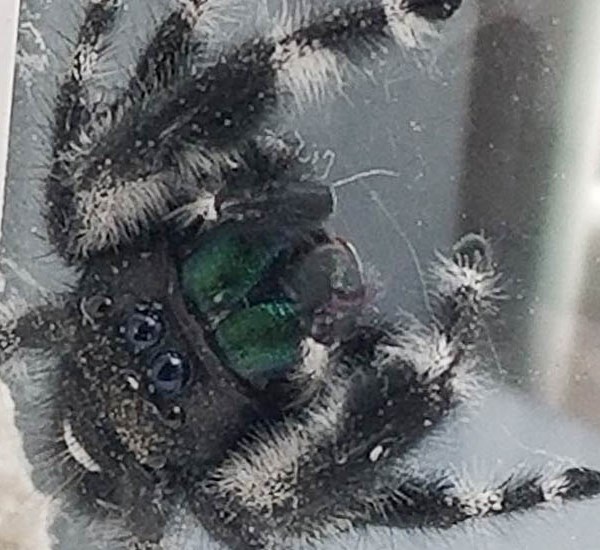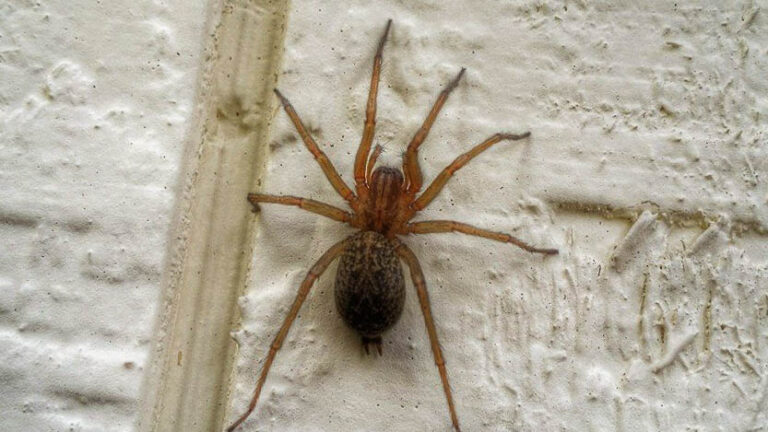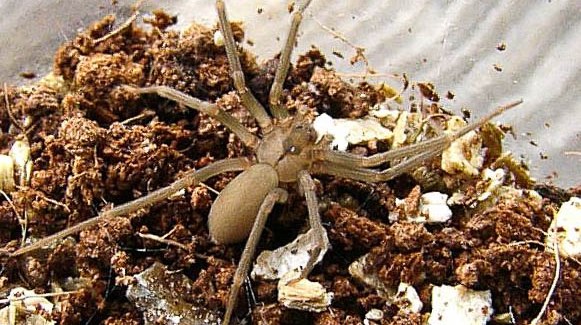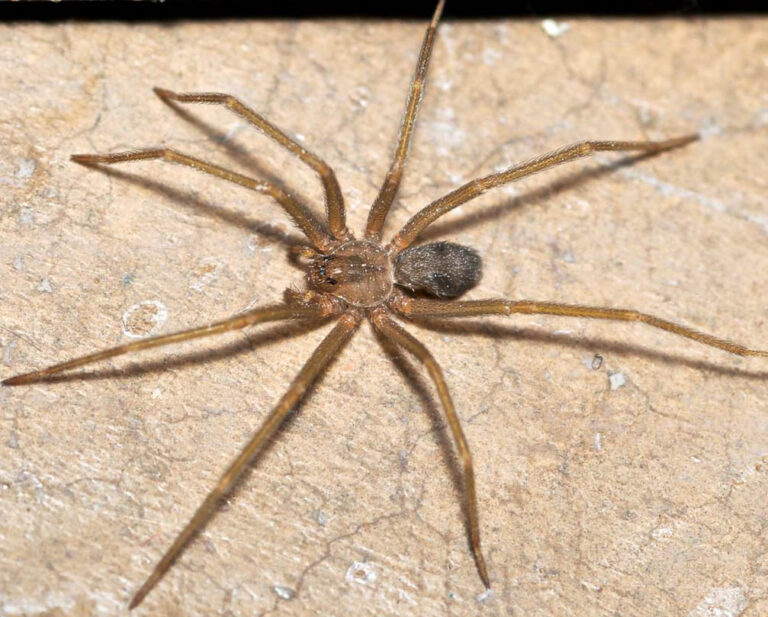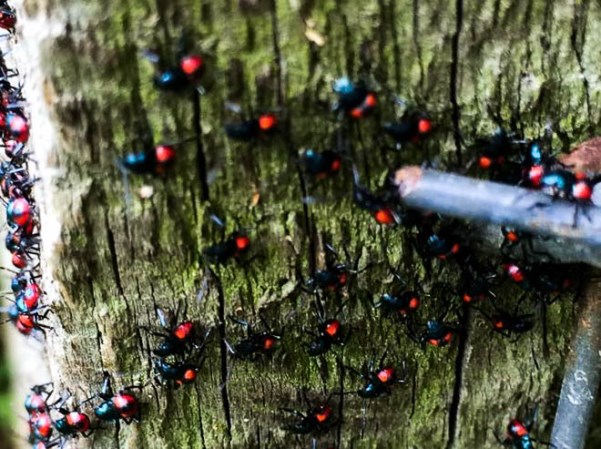About Spinybacked Orb-weaver Spiders
About Spinybacked Orb-weaver Spiders
Spiny orb-weavers, also known as Gasteracantha cancriformis, belong to the larger spider family, Araneidae. Other identifying names are jewel spider and smiley face spider. This species was first identified in 1883. The spider’s name comes from its characteristic shell-like abdomen having prominent spines or thorns. They are known to feast on other insects in their habitats. They are “beautiful” arachnids found in almost every part of the globe.
Appearance
One unique identifying feature is the abdominal spine. Spinybacked orb-weavers have a crab-like shape, and they’re often referred to as crab spiders. The beautiful spinybacked orb-weaver spiders have a shell-like abdomen with numerous prominent spines. These arachnids are among the most colorful spider species making them highly conspicuous. They have a white abdomen dotted with black spots and with unique protruding red spines on the abdomens.
These spiders have spiny black legs. Most species have white abdomens, but it’s normal for species with yellowish bellies. The females often measure 5 to 10 mm long while males are slightly shorter, measuring 2 to 3 mm long. Some males don’t bear the abdominal spines. As is often the case with most spiders in this family, there exists sexual dimorphism where the males are slightly smaller than the females.
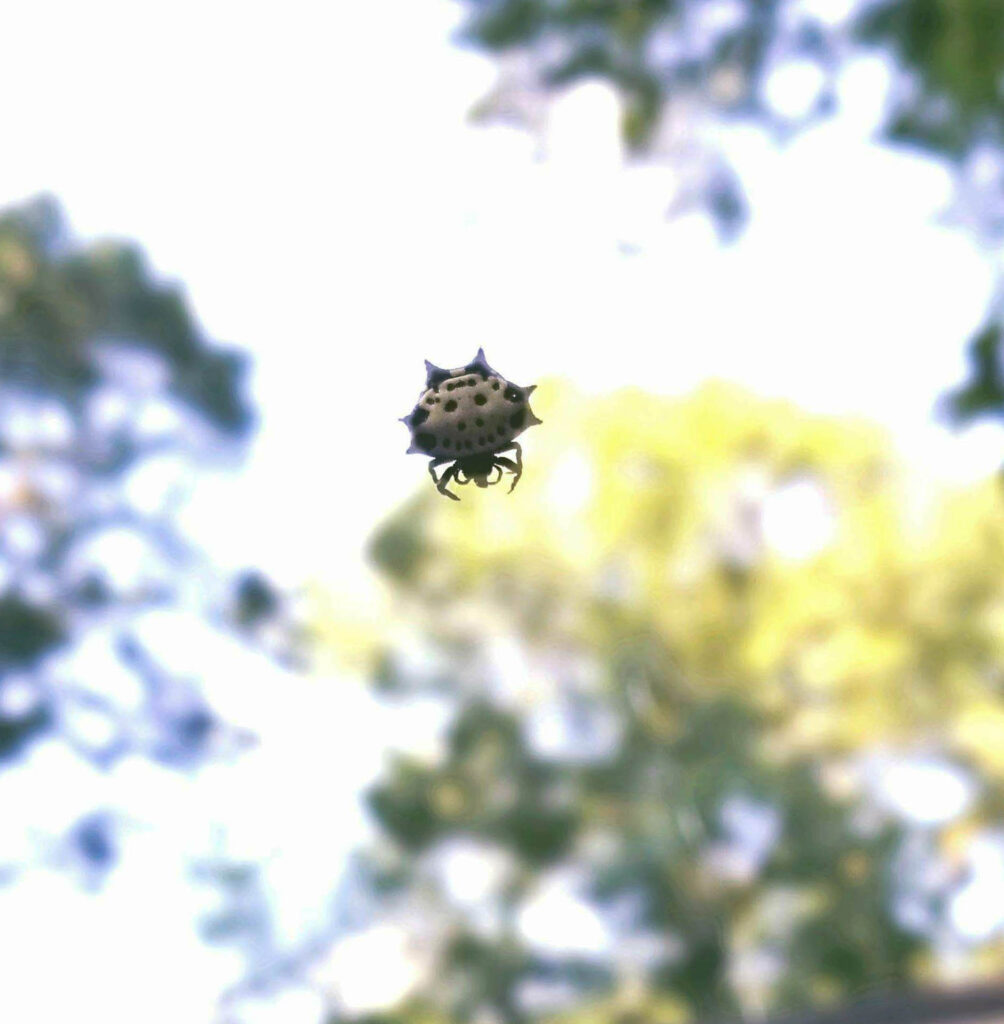
Behavior
This spider species builds orb-shaped but flat webs on trees, shrubs, window corners, and other building areas. However, they only get into your house when brought accidentally on a potted plant. Females are known to spin webs while their male counterparts hang near the weaved webs. Females repair the webs every night, expanding them. They are known to be carnivores. The spinybacked orb-weavers mostly feed on small crawling or flying prey like beetles, whiteflies, moths, and mosquitoes. When prey gets stuck on their web, this spider moves in fast, locating the prey and then immobilizes it. The predator then goes on to feast.
Life Cycle
These colorful spiders have an average lifespan of 12 months. The female populations often spike from October to January, while the males are most common from October to November. The female lays around 100 to 250 eggs, which get stored in egg sacs. The female then stashes the egg sacs under leaves where they’ll stay hidden until they hatch. By the time the eggs hatch, the females are long dead due to the biting frost. The eggs take around 10 to 13 days to hatch from the egg sacs. After a week, the hatched spiderlings disperse to start new colonies. A typical life cycle encompasses eggs, hatchlings, and then adults.
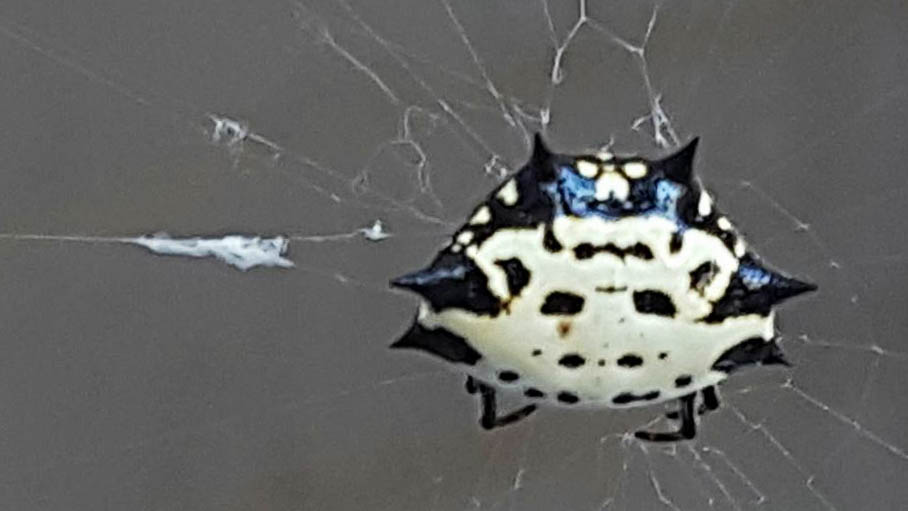
Habitat
These spiders are commonly found worldwide, but they’re abundant in the USA’s southern seaboard. Spinybacked orb-weavers are abundant in woodlands, gardens, tall grasses, plant nurseries, and shrubs. In populated places, the spiders typically invade the corners of doors and windows. Additionally, they make homes in patios and front porches.
Are Spinybacked Orb-weaver Spiders Harmful?
Spinybacked orb-weavers rarely bite unless provoked. Their bites are usually harmless, and you’ll most likely experience slight symptoms that disappear on their own after a few minutes. The spinybacked spiders are beneficial to humans since they feed on pest-like insects in our gardens and our homes. Their carnivorous feeding habit helps control the overpopulation of pests, reducing management costs.
How to Control Spinybacked Orb-weaver Spiders
Controlling the populations of spinybacked orb-weavers requires you to cut off their food chain. To do so, you should permanently seal off all cracks, gaps, and holes in your living spaces. Get rid of heaps of firewood and logs lying around your compounds. Additionally, discard all
unwanted ground litter that serves as habitat for the orb weavers. For a comprehensive pest management service, however, you should hire professional pest management services. If you encounter a spinybacked species around your home, try and grab it with some gloves or using a stick and then carefully take it outdoors.

